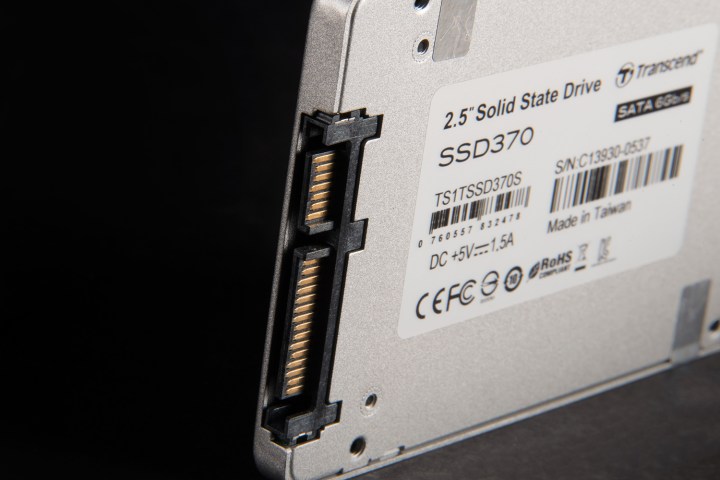
PE cycles consist of writing data, then erasing it, and finally rewriting it. Similar PE cycles can be found in other enterprise grade MLC products. But Transcend is storing high-quality MLC, then treating it like SLC, which it says results in the staggering performance.
SLC NAND is very fast and durable, but that comes at the expense of more costly products. A specialized MLC-as-SLC can both perform and endure more than standard MCL at a lower price. The lowered cost offers enterprises an economically suitable option that stands above the average consumer product, even if it doesn’t quite reach the heights of SLC NAND.
While SLC uses a single cell to store one bit of data, MLC can interpret four digital states from a signal stored in one cell. In return, it’s denser for a given area and cheaper to produce, but it loses durability. Transcend reprogrammed the two bits per cell of MLC into one bit per cell to achieve the intended performance. Should rivaling companies continue on this path, it’s possible we’ll see these methods used on hardware for consumers.
Transcend has taken the opportunity to announce five new industrial-grade models using the SuperMLC technology, which are expected to be released in 2016. Included are the 2.5” SSD (SSD510K), mSATA SSD (MSA510), half slim SSD (HSD510) and M.2 SSD (MTS460 & MTS860).
Editors' Recommendations
- Western Digital responds to claims that SanDisk SSD failures have design flaw
- SSD buying guide: how to pick the right SSD for your needs in 2023
- Apple Vision Pro raises the bar (and price) of AR headsets
- The Samsung 990 Pro SSD is built for PS5 and DirectStorage
- Samsung’s 2nd-generation SmartSSD can process data right on the drive


